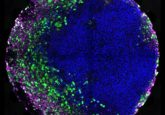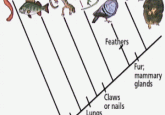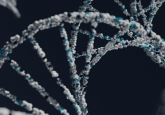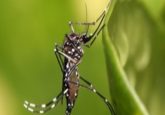Synthesizing Hox genes to understand how bodies are built
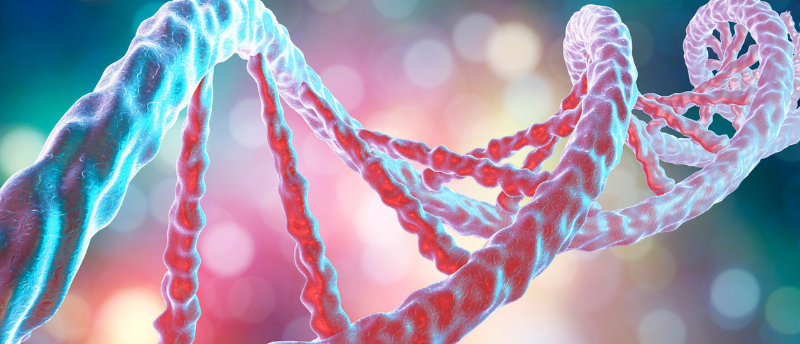
Researchers create artificial Hox genes to study how cells organize themselves into body structures.
You might be interested to know that there’s a line running through you. Well, there’s a line running through just about everything. It’s the anterior-posterior axis and it runs from head to tail and informs the basic body plan of most animal life on earth. Hox genes determine the layout of a body, establishing the locations of cells along the anterior-posterior axis, determining what body parts they will make up and which organs will develop where. If Hox genes fail to do this, cells get lost and can lead to cancers, birth defects, and miscarriages.
Hox genes are organized in tight clusters, isolated in their specific pieces of DNA in a ‘gene desert’. While the genome contains a great deal of repetition, curiously Hox clusters are entirely novel, containing none of these characteristic repeats. Whilst this makes them unique, Hox clusters are difficult to study using conventional gene-editing methods without impacting surrounding Hox genes.
As these cells are so difficult to access and study, researchers at New York University (NYU; NY, USA) utilized synthetic DNA technology and genomic engineering in stem cells to create artificial Hox genes. The study’s co-author, Estaban Mazzoni, worked with Jef Boeke, who is the director of the Institute of System Genetics at NYU Grossman School of Medicine (NY, USA) and is known for creating a synthetic yeast genome. Boeke’s lab had been waiting for an opportunity to use this technology with mammalian cells.
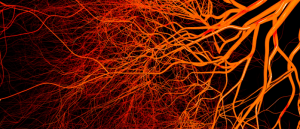 Key proteins behind blood vessel growth discovered
Key proteins behind blood vessel growth discovered
Blood vessels often grow in nutrient-deficient sites, and now researchers have identified the key proteins that regulate this mechanism.
Sudarshan Pinglay, a graduate student in Boeke’s lab, fabricated synthetic DNA strands from the Hox genes of rats and inserted the DNA into the pluripotent stem cells (those that can give rise to several different cell types) of mice. By using the separate species, the researchers were able to distinguish between the synthetic DNA and the natural mouse cells.
With the artificial Hox DNA inserted into the cells, the researchers investigated Hox genes’ involvement in this cellular orientation – how cells learn and remember their positions in a body plan. The Hox clusters exist in regulatory regions that dictate the way in which the genes are activated. They discovered that the clusters contain all of the necessary information for the cells to autonomously receive a position signal and retain the information. The compact nature of Hox clusters is thought to assist with the cells’ capability to retain locational information. This has confirmed the untested but established hypothesis about the Hox clusters.
This research, implementing the use of synthetic DNA and artificial Hox genes, sets a marker for future endeavors into animal development and human diseases, opening the door to related genomic loci analyses across any genome. As Boeke explains: “More broadly, this synthetic DNA technology, for which we have built a kind of factory, will be useful for studying diseases that are genomically complicated and now we have a method for producing much more accurate models for them.”
